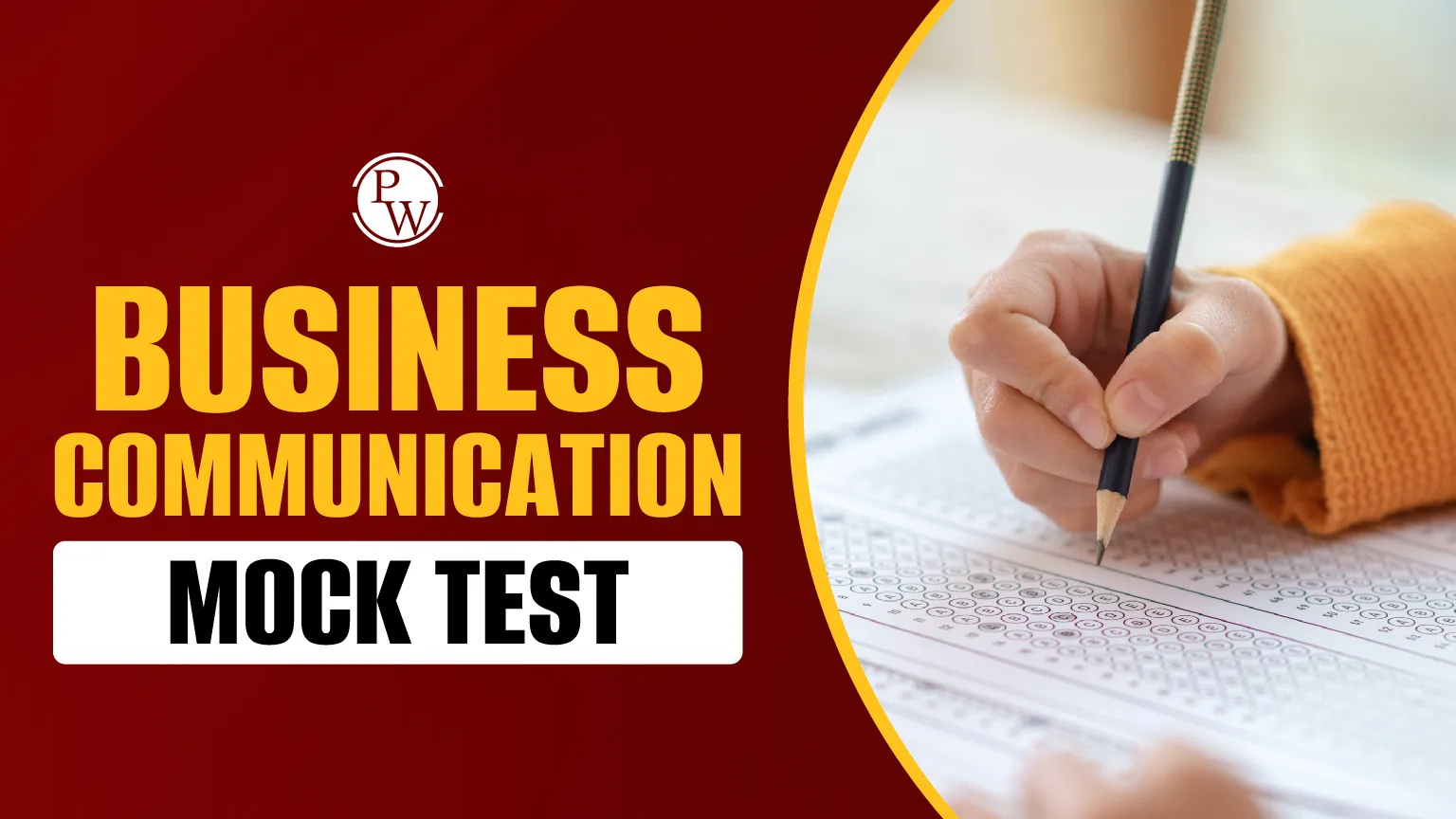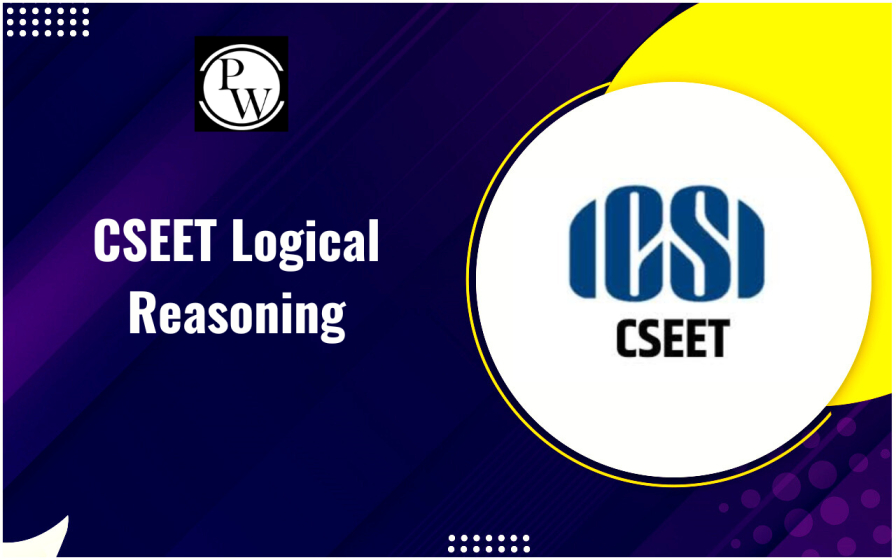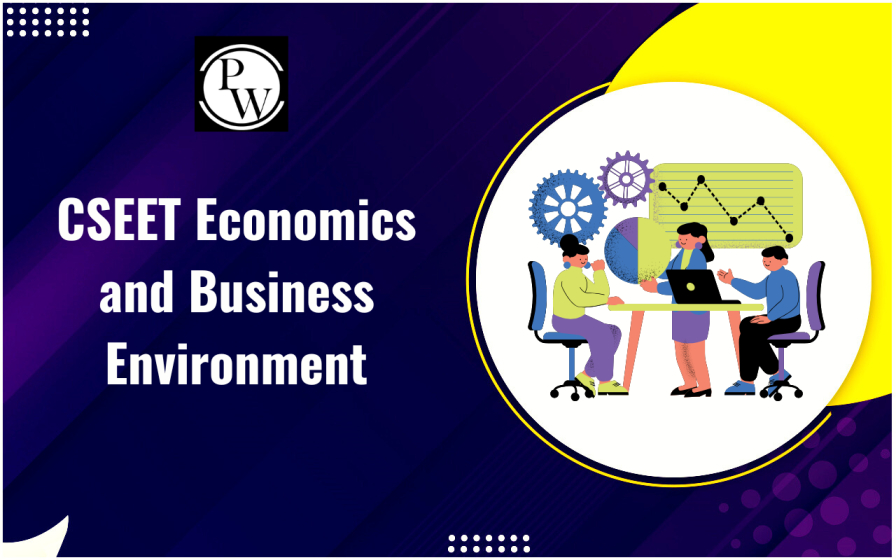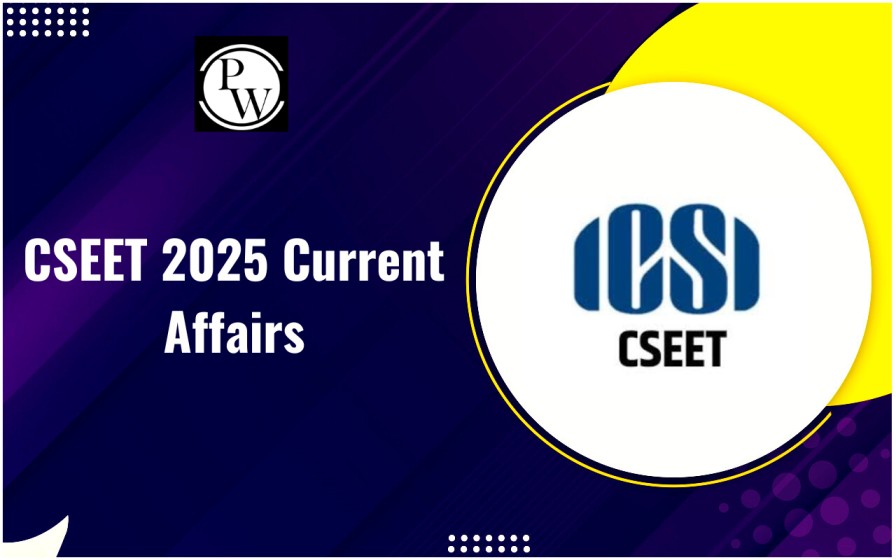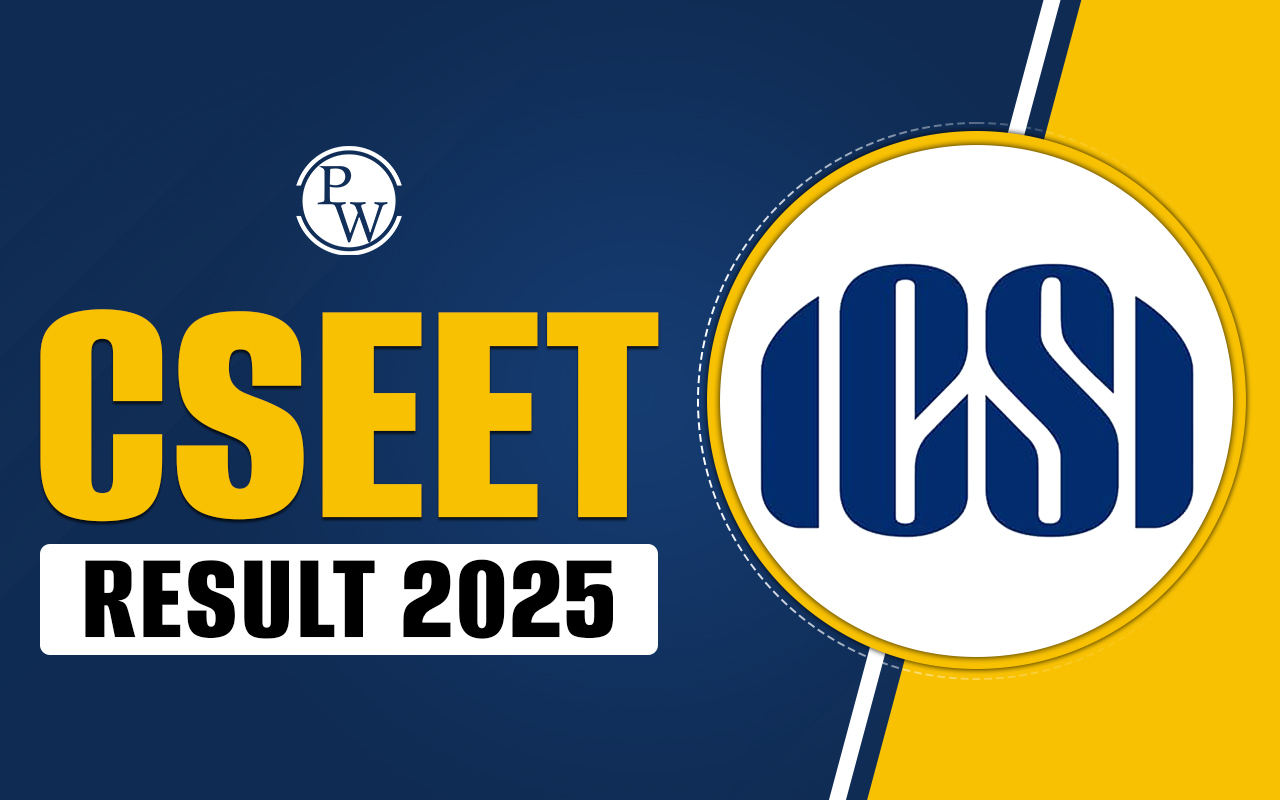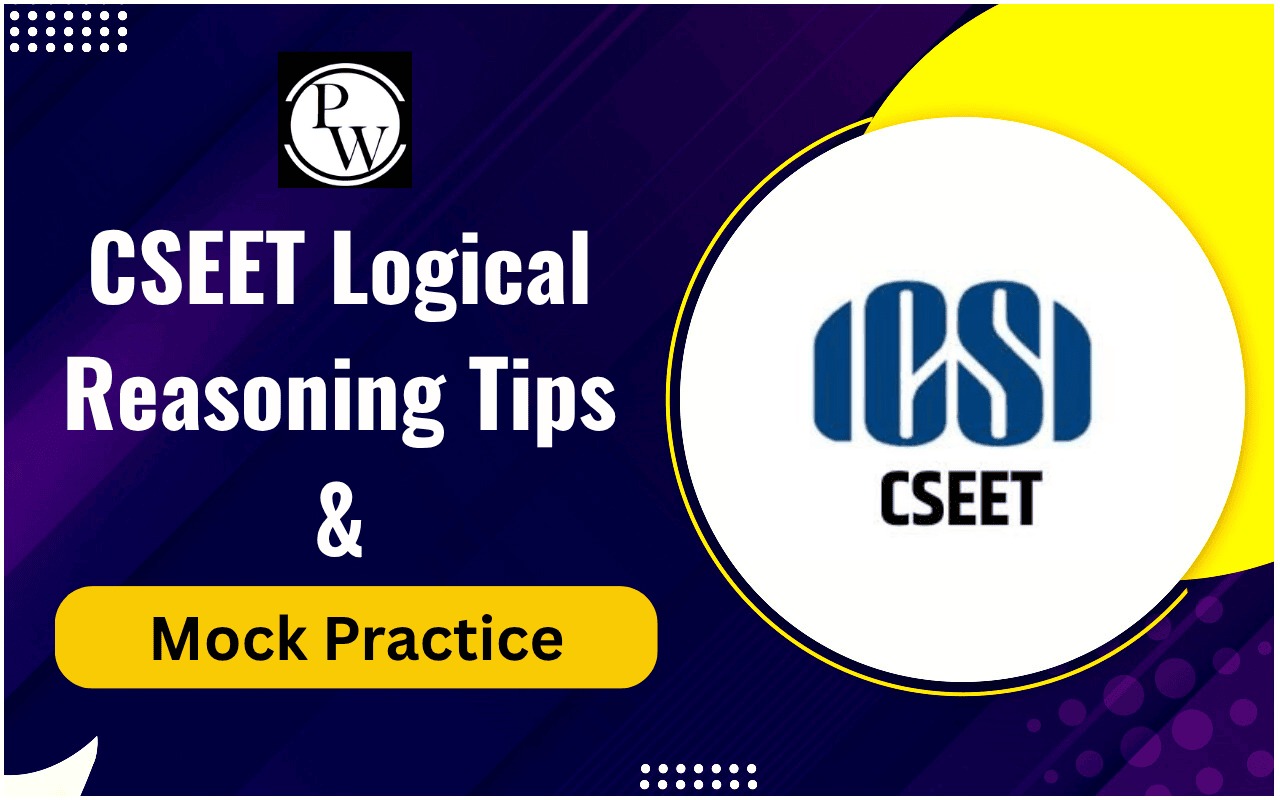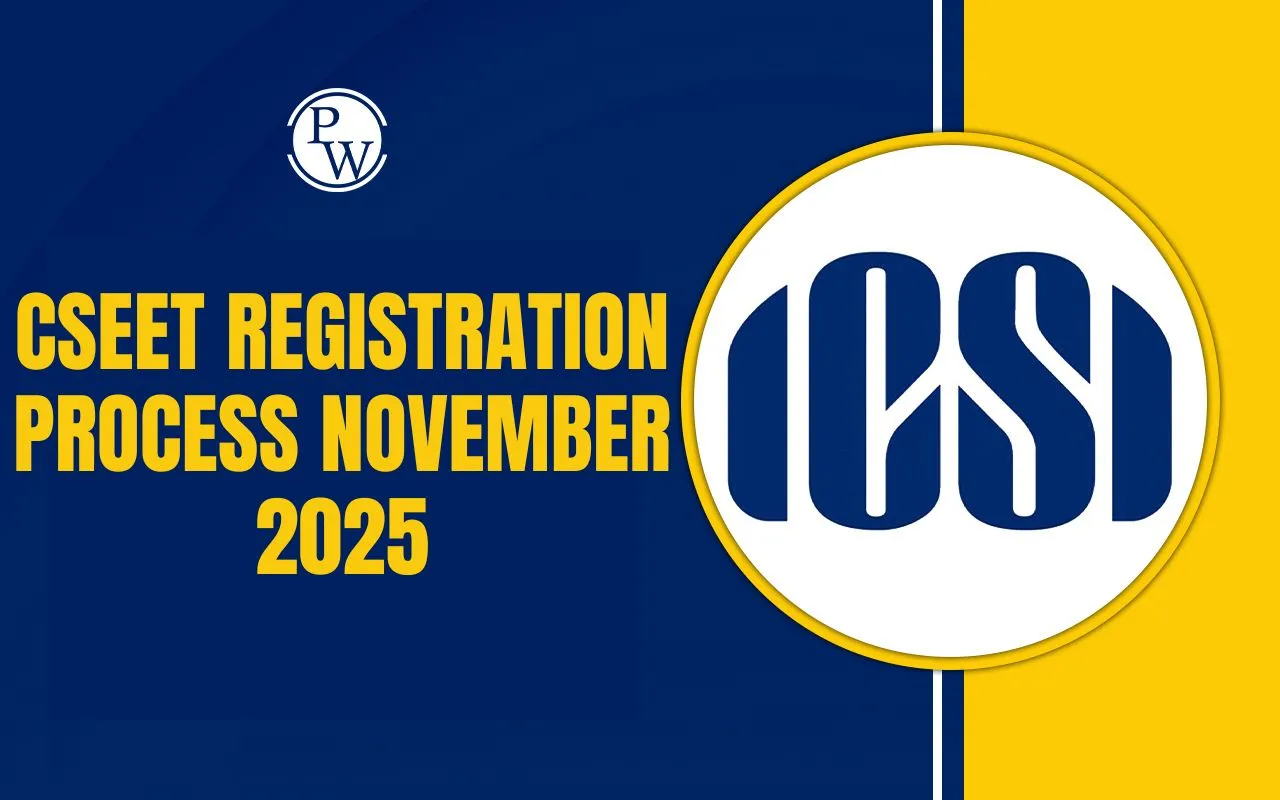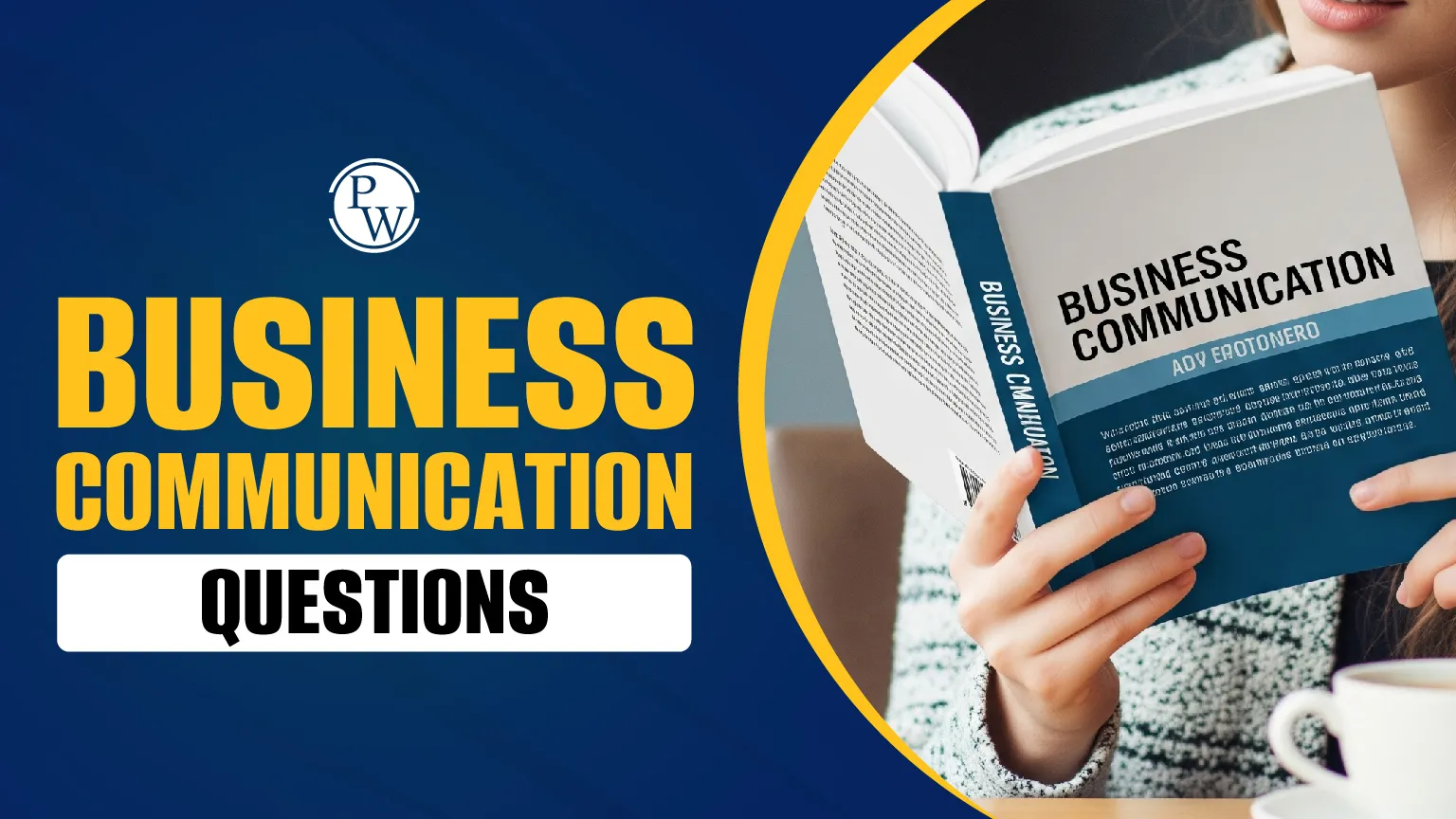
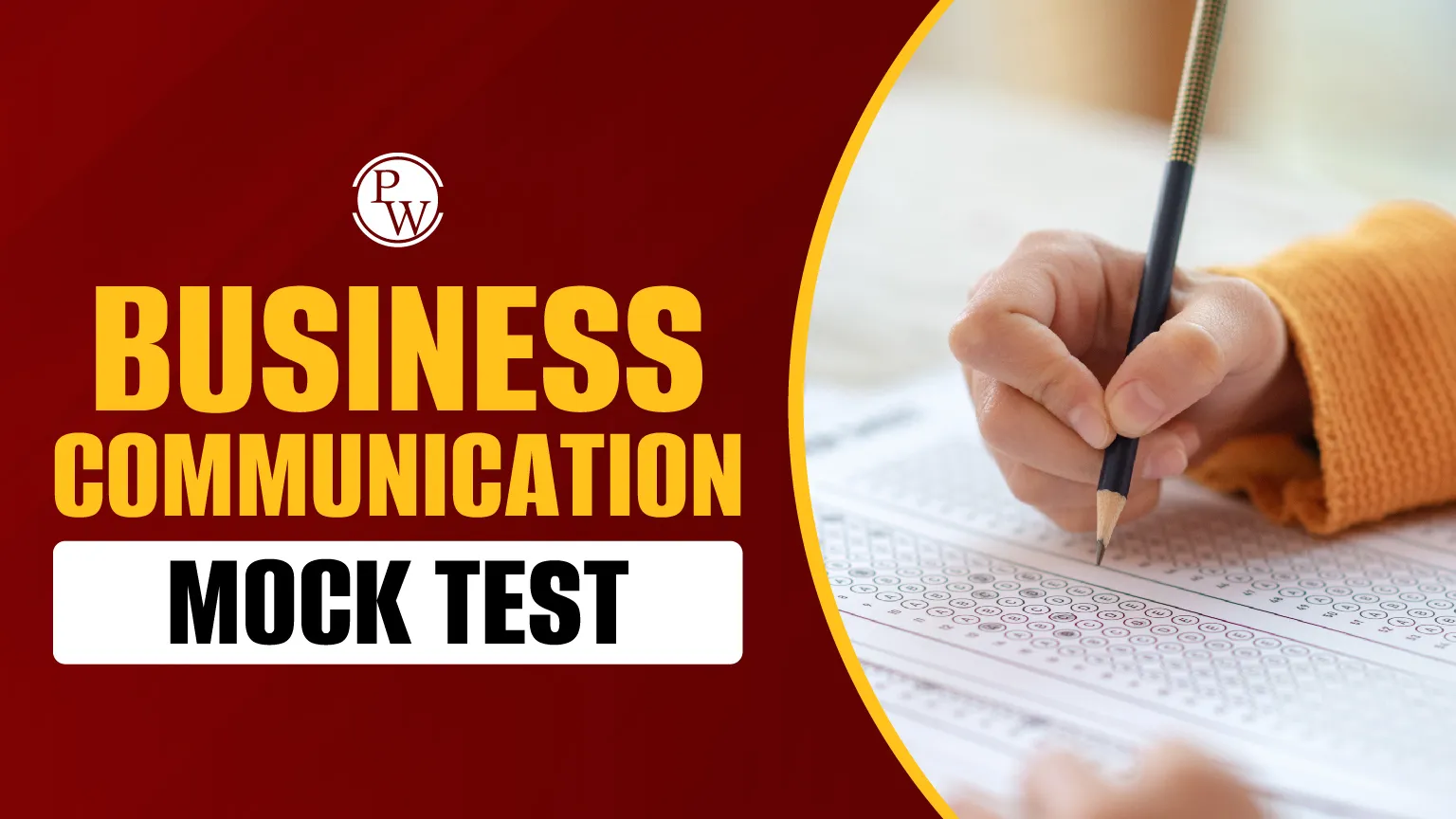
Business Communication Mock Test: Effective communication is the foundation of all successful business interactions. Understanding this importance, a live Business Communication Mock Test session was conducted to help aspirants of the Company Secretary Executive Entrance Test (CSEET) sharpen their grasp of the subject through interactive learning. This mock test, filled with practical questions and concept explanations, created an immersive learning environment that mirrored real exam conditions.
Business Communication Mock Test
Business Communication Mock Test was carefully designed to evaluate students' grasp of both theoretical and practical aspects of communication. Comprising 35 multiple-choice questions, this mock test touched upon essential topics such as types of communication (oral, written, non-verbal), communication barriers (semantic and physical), grammar rules, and the structure of business letters. It provided students a structured and engaging way to test their understanding while simulating an actual exam scenario.
Also Check:
A key feature of this test was its ability to merge classroom concepts with real-life business applications. Instead of merely assessing textbook knowledge, it encouraged students to apply what they had learned in professional contexts. This helped build confidence and sharpen problem-solving abilities, which are essential in business communication. The article also placed significant focus on grammar skills. Topics like noun classification (common, abstract, material, collective), synonyms, and antonyms were integrated into the test. This helped learners strengthen their vocabulary and sentence formation skills that are vital for clear and professional communication.
Business Communication Mock Test Question
Explore a selection of questions included in the Business Communication Mock Test to understand the depth and pattern of questions commonly seen in CSEET-related assessments.
| Current Affairs and Quantitative Aptitude Questions | Economic and Business Environment Question | Legal Aptitude and Logical Reasoning Question |
Q1: Communication means ….. Information, feeling, and thoughts, with others
a) to receive
b) exchange of
c) conveying
d) all the above
Ans: b) exchange of
Q2: Denotations and Connotations are ….. Barriers in the communication process
a) Physical barriers
b) Semantic barriers
c) Encoding barriers
d) Technical barriers
Ans: b) Semantic barriers
Q3: …… is quite often a physical barrier to communication.
a) noise
b) interpretation of words
c) by passed instruction
d) all of the above
Ans: a) noise
Q4: Facial expressions and gestures are known as …..
a) Technical communication
b) Oral communication
c) Random communication
d) Multimedia communication
Ans: c) Random Communication
Q5: List of items of business to be considered at a meeting is called as ……
a) agenda
b) dividend
c) prospectus
d) reports
Ans: a) agenda
Q6: When superiors provide directions to their subordinates regarding what to do, it is known as …… Communication.
a) upward
b) horizontal
c) downward
d) lateral
Ans: c) Downward
Q7: Informal communication network within the organization is known as……
a) interpersonal communication
b) intrapersonal communication
c) mass communication
d) grapevines
Ans: d) grapevines
Q8: ……. Is an authoritative communication
a) order
b) persuasion
c) advice
d) counselling
Ans: a) order
Q9: ……. Is an example of oral communication
a) letter
b) e-mail
c) telephone
d) fax
Ans: c) telephone
Q10: Gestures is an example for
a) body language
b) grammar
c) speeches
d) written
Ans: a) body language
Q11: Lateral communication is between
a) superior and subordinate
b) same cadre of personal
c) subordinate and superior
d) among all
Ans: b) same cadre of personal
Q12: Conciseness means ………
a) brevity
b) courtesy
c) coherence
d) convincing
Ans: a) brevity
Q13: …… implies respect for the readers point of view
a) consideration
b) order
c) courtesy
d) none
Ans: c) courtesy
Q14: Audio-Visual communication is ……..
a) sight
b) sound
c) both A & B
d) noise
Ans: c) both A & B
Q15: …… is the information or ideas the sender wants to give the receiver
a) input
b) channel
c) message
d) output
Ans: c) message
Q16: The effective business letter must be ……..
a) sender-oriented
b) reader-oriented
c) company-oriented
d) business-oriented
Ans: b) reader-oriented
Q17: ………. Is the list of words used in the reports
a) conclusion
b) glossary
c) index
d) reference
Ans: b) glossary
Q18: ……….. Is the process of arriving at agreement through consultation
a) consensus
b) grapevine
c) informal
d) braindrain
Ans: a) consensus
Q19: Which one is not a component of a business letter?
a) envelope
b) salutation
c) subject
d) complimentary close
Ans: a) envelope
Q20: How to make audio-visual communication effective?
a) the pictures are colourful
b) clearly written
c) speak politely
d) both B & C
Ans: d) both B & C
Q21: Bad Listeners will make …… communication
a) good
b) bad
c) excellent
d) rather favorable
Ans: b) bad
Q22: …… are a set of words which form a class in terms of their similarity of form, function, and meaning
a) phrase
b) clause
c) Word class
d)adverb
Ans: c) word class
Q23: Identify an abstract noun from the words given below
a) iron
b) cattle
c) thomas
d) pain
Ans: d) pain
Q24: The book was lying on the table
a) book is a common noun
b) book is proper noun
c) book is a collective noun
d) book is a abstract noun
Ans: a) book is a common noun
Q25: The jury has given its verdict
a) jury is a collective noun
b) jury is a common noun
c) jury is an abstract noun
d) jury is a proper noun
Ans: a) jury is a collective noun
Q26: Identify noun in the sentence. ‘ It will take all of your energy and will be the able to walk again’
a) take
b) all
c) your
d) energy
Ans: d) energy
Q27: Does wood sink in water? (Which word is a material noun?)
a) sink
b) does
c) water
d) wood
Ans: d) wood
Q28: Find the synonym of the word fostering
a) safeguarding
b) neglecting
c) ignoring
d) nurturing
Ans: d) nurturing
Q29: Choose the correct synonym of the word banned
a) prohibit
b) connect
c) denied
d) avoid
Ans: a) prohibit
Q30: Select the antonym of the word captivity
a) independence
b) freedom
c) confined
d) oppress
Ans: b) freedom
Q31: You can…. Words in a dictionary
a) look up
b) look
c) look down
d) look after
Ans: a) look up
Q32: Sorry I’m late. My car ….. petrol
a) ran out
b) ran out of
c) ran out on
d) ran off
Ans: b) ran out of
Q33: Most people who bother with the matter at all would admit that the English language is in a bad way, but it is generally assumed that we cannot by conscious action do anything about it. Our civilization is decadent, and our language-so the argument runs, must inevitably share in the general collapse. It follows that any struggle against the abuse of language is sentimental archaism, like preferring candles to electric light or hansom cabs to aeroplanes. Underneath this lies the halfconscious belief that language is natural growth and not an instrument which we shape for our own purposes. Now it is clear that the decline of a language must ultimately have political and economic causes it is not due simply to the bad influence of this or that individual writer. But an effect can become a cause, reinforcing the original cause and producing the same effect in an intensified form, and so on indefinitely. A man may take to drink because he feels himself to be a failure, and then fail all the more completely because he drinks. It is rather the same thing that is happening to the English language. It becomes ugly and inaccurate because our thoughts are foolish, but the slovenliness of our language makes it easier for us to have foolish thoughts. The point is that is that the process is reversible. Modern English, especially written English is full of bad habits which spread by imitation and which can be avoided if one is willing to take the necessary trouble. If one gets rid of these habits, one can think more clearly, and to think clearly is a necessary first step towards political regenerations: so that the fight against bad English is not frivolous and is not the exclusive concern of professional writers
QA) Many people believe that nothing can be done about the English language because
-
Bad habits spread by imitation
-
We live in a decadent civilization
-
There are too many bad writers
-
People are too lazy to change their bad habits
Ans: 2) We live in a decadent civilization
QB) The author believes that
-
It’s now too late to do anything about the problem
-
Language is a natural growth and cannot be shaped for our own purposes
-
The decline in the language can be stopped
-
The process of an increasingly bad language cannot be stopped
Ans: 4) The process of an increasingly bad language cannot be stopped
QC) The author believes that the first stage toward the political regeneration of the language would be
-
Taking the necessary trouble to avoid bad habits
-
Avoiding being frivolous about it
-
Clear thinking
-
For professional writers to help
Ans: 3) Clear thinking
QD) What causes bad language in the end?
-
The bad influence of individual writers
-
The imitation of bad language habits
-
Political and economic causes
-
An assumption that nothing can be done about
Ans: 3) Political and economic causes
Why Business Communication Mock Test Matters
For CSEET aspirants, the Business Communication Mock Test was not just an assessment but a multidimensional learning platform that offered comprehensive benefits across various learning dimensions.
Concept Reinforcement: The mock test helped students revisit and reinforce essential concepts, ensuring clarity and better retention.
Practical Application: By simulating real-world communication scenarios, students applied theoretical knowledge in a hands-on manner, enhancing problem-solving skills.
Interactive Learning: The instructor’s real-time feedback and doubt-clearing provided immediate clarity, making the session highly interactive and engaging.
Exam Readiness: Since the test format was closely aligned with the CSEET Mock Test, students gained familiarity with question types and test structure, reducing exam anxiety.
Language Proficiency: Repeated exposure to grammar, vocabulary, and professional writing norms contributed to improved language precision and confidence.
Confidence Building: Participating in such structured assessments helped boost morale, encouraging consistent practice and self-improvement.
Business Communication Mock Test stands as a model for how learning sessions can be both instructive and interactive. It addresses the needs of students preparing for exams like the CSEET Mock Test while also equipping them with lifelong communication skills. In today’s competitive environment, mastering business communication isn’t just helpful—it’s essential. This mock test is a stepping stone in that direction, blending preparation, practice, and perspective in one well-rounded session.
Whether you're revising grammar or aiming to improve communication flow in professional settings, participating in a well-conducted Business Communication Mock Test can make a meaningful difference. And when aligned with the structure of a CSEET Mock Test, it becomes a strategic tool in your academic journey.
The take-home message is clear: Strong communication is built through active participation, guided practice, and continuous self-reflection. Keep practicing, stay curious, and make every mock test count.
Join PW CS Online Courses and build a strong foundation in corporate laws and governance with structured learning and dedicated support.
| Related Links | |
| CSEET | CSEET Registration July 2025 |
| CSEET Exam Date | CSEET Syllabus |
| CSEET Exam Pattern | CSEET Admit Card |
| CSEET Eligibility Criteria | CSEET Preparation |
Business Communication Mock Test FAQ
What is the purpose of a Business Communication Mock Test?
How does this mock test help in CSEET preparation?
What topics are covered in the Business Communication Mock Test?
Can I take the Business Communication Mock Test multiple times for practice?

